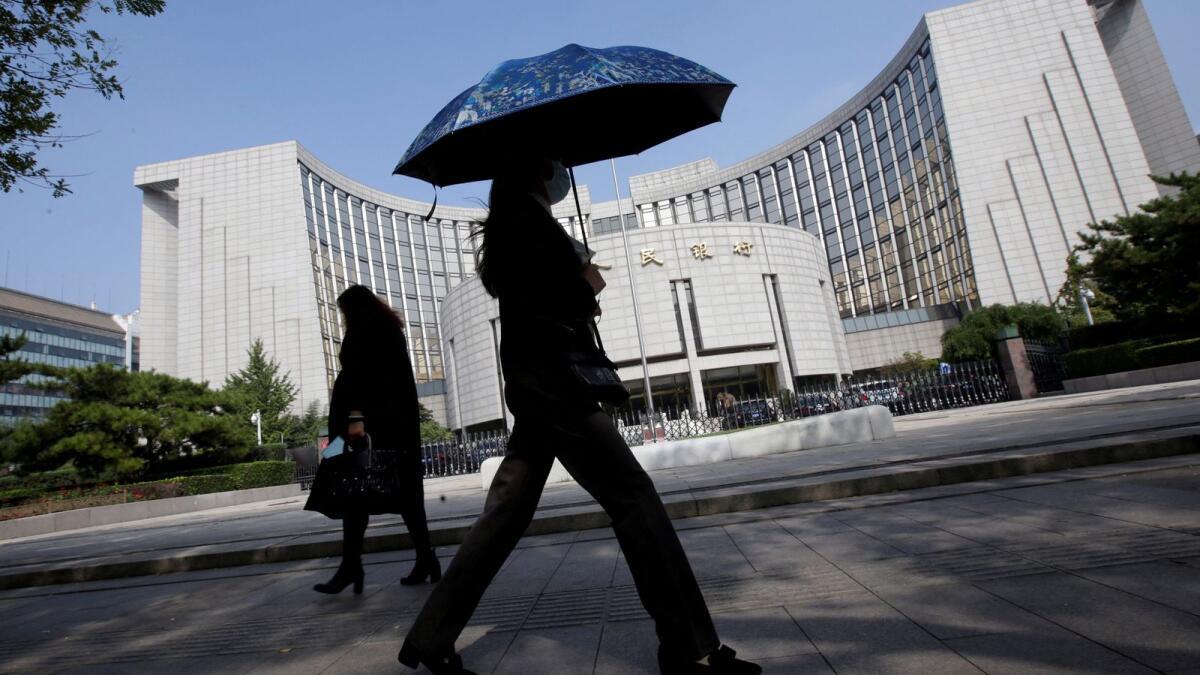
China's Central Bank Sees Room To Cut Reserve Buffers To Boost Growth
The People's Bank of China, which has steadily reduced interest rates and injected liquidity this year, is under pressure to do more to ensure the economy grows around 5% this year, in line with the government's target.
The average reserve requirement ratio, or RRR, for financial institutions is around 7% at present, "so there is some room," Zou Lan, head of the bank's monetary policy department, said at a media briefing.
The central bank would watch developing economic trends before making any adjustments, Zhou said, adding that the bank was closely monitoring policy changes in major economies.
China's central bank has cut the weighted average RRR from nearly 15% in 2018 to the current level, pumping more than 12 trillion yuan into the economy.
It made a 50-bps RRR cut for all banks that took effect on Feb. 5 but indicators showed China's economy grew much slower than expected in the second quarter, dragged by a protracted property downturn and weak domestic demand.
Goldman Sachs on Thursday expected the PBOC to deliver a 25-bps RRR cut in September and a 10-bps policy rate cut in the fourth quarter.
An official survey at the weekend showed China's sprawling manufacturing activity sank to a six-month low in August, pressuring policymakers to press on with plans to direct more stimulus to households.
Zou said banks' shrinking net interest margins would constrain further cuts in the deposit and lending rates.
"The PBOC will continue to adhere to a supportive monetary policy," deputy central bank governor Lu Lei told the media briefing, adding the bank would promote a steady decline in corporate financing costs and credit costs for households.
The PBOC would guide market interest rates closer to its main policy rate - the seven-day reverse repo rate - as it shifts its focus from quantitative targets to price-based tools such as interest rates, Zou added. The central bank wants to shift its policy framework to target the cost of credit rather than its size, but liquidity risks and uncooperative markets are making it difficult to transition the economy away from state-directed bank lending.

Legal Disclaimer:
MENAFN provides the
information “as is” without warranty of any kind. We do not accept
any responsibility or liability for the accuracy, content, images,
videos, licenses, completeness, legality, or reliability of the information
contained in this article. If you have any complaints or copyright
issues related to this article, kindly contact the provider above.


















Comments
No comment